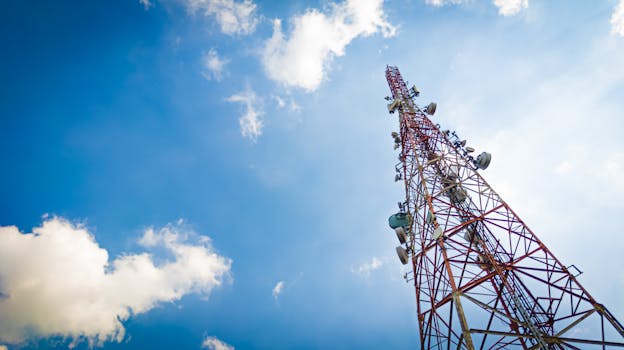
Satellite Technology has revolutionized the way we communicate, enabling global connectivity and facilitating the exchange of information across the globe. From providing internet access to remote areas to enabling global navigation and positioning, satellite technology has become an indispensable part of modern communication. In this article, we will explore the role of satellite technology in modern communication and its impact on our daily lives.
Satellite technology has come a long way since the launch of the first artificial satellite, Sputnik, in 1957. Today, there are thousands of satellites orbiting the Earth, providing a wide range of services including television broadcasting, telecommunications, weather forecasting, and navigation. The use of satellite technology has enabled global connectivity, facilitating the exchange of information and ideas across the globe.
The history of satellite technology dates back to the 1950s, when the first artificial satellite, Sputnik, was launched by the Soviet Union. The launch of Sputnik marked the beginning of the space age and paved the way for the development of satellite technology. In the 1960s, the first commercial satellites were launched, providing telecommunications services and enabling global connectivity. The 1970s saw the launch of the first navigation satellites, which enabled global positioning and navigation.
In the 1980s, the first mobile satellite systems were launched, enabling mobile communication and facilitating the exchange of information on the go. The 1990s saw the launch of the first broadband satellites, providing high-speed internet access to remote areas. Today, satellite technology plays a crucial role in modern communication, enabling global connectivity and facilitating the exchange of information across the globe.
Satellite technology has a wide range of applications in modern communication, including television broadcasting, telecommunications, weather forecasting, and navigation. Satellite television broadcasting enables the transmission of television signals to a wide audience, providing entertainment and information to people around the world. Satellite telecommunications enable global connectivity, facilitating the exchange of information and ideas across the globe.
Satellite weather forecasting enables the prediction of weather patterns, providing critical information for agriculture, aviation, and other industries. Satellite navigation enables global positioning and navigation, facilitating the movement of people and goods around the world. In addition, satellite technology is used in a wide range of other applications, including remote sensing, earth observation, and space exploration.
The impact of satellite technology on modern communication has been significant, enabling global connectivity and facilitating the exchange of information across the globe. Satellite technology has enabled the transmission of information and ideas across the globe, facilitating global communication and collaboration. In addition, satellite technology has enabled the provision of critical services, including weather forecasting and navigation, which are essential for modern life.
However, the use of satellite technology also has its challenges, including the high cost of launching and maintaining satellites, the risk of satellite failure, and the potential for interference from other satellites. Despite these challenges, satellite technology continues to play a crucial role in modern communication, enabling global connectivity and facilitating the exchange of information across the globe.
In conclusion, satellite technology has revolutionized the way we communicate, enabling global connectivity and facilitating the exchange of information across the globe. From providing internet access to remote areas to enabling global navigation and positioning, satellite technology has become an indispensable part of modern communication. As technology continues to evolve, we can expect to see even more innovative applications of satellite technology in the future, further transforming the way we communicate and interact with each other.